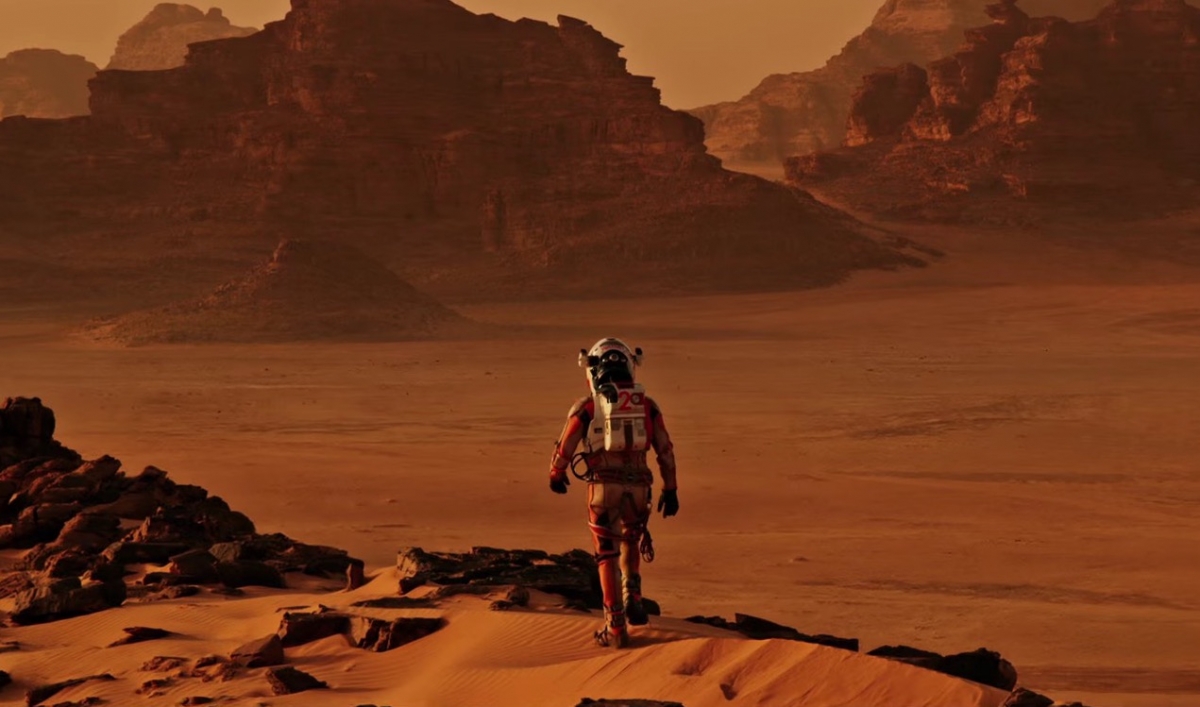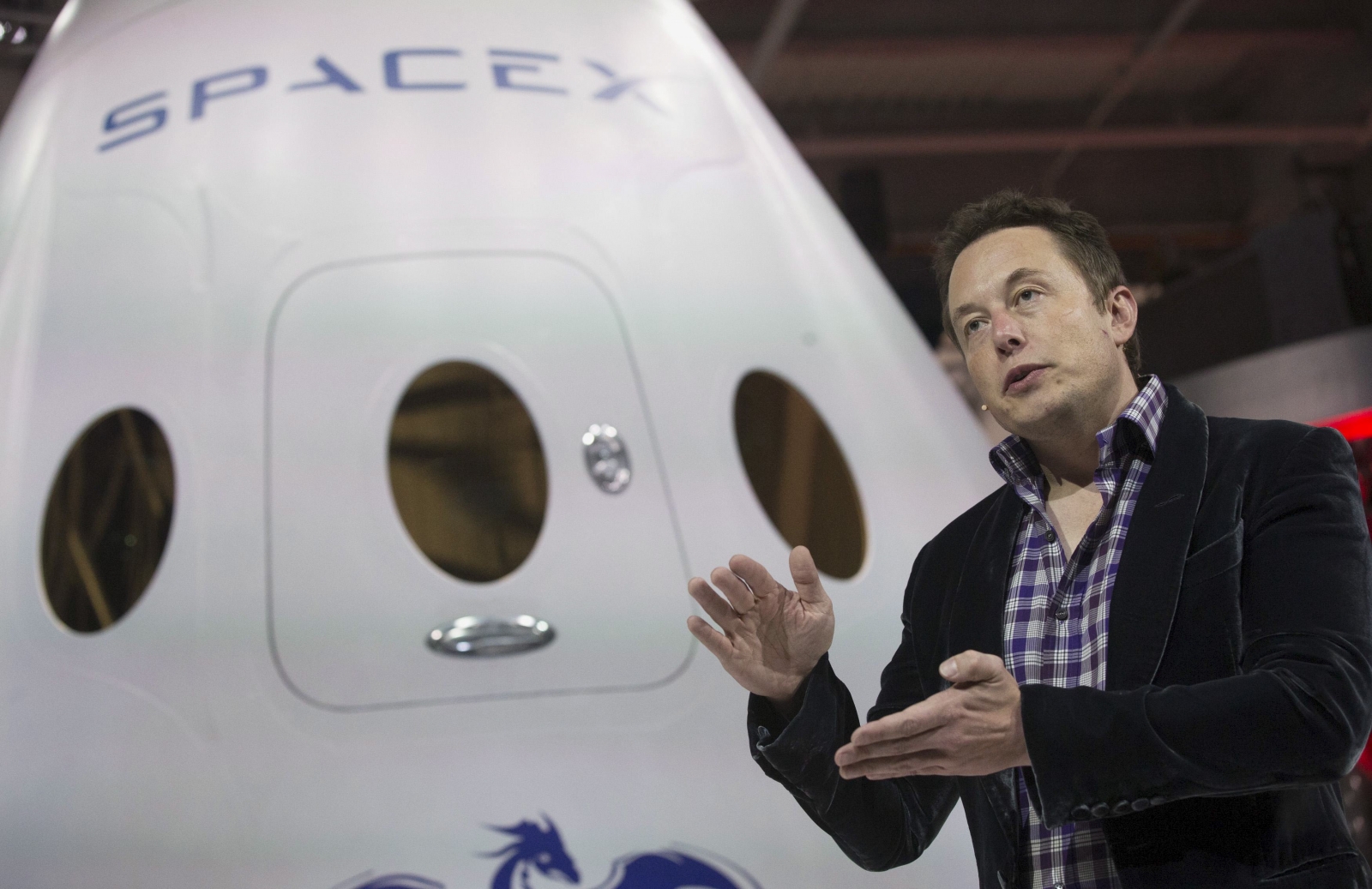 BeiDou is already a a Regional Navigational Satellite System; India and Japan are working on their own regional systems, too. Completing the Chinese constellation would turn it into a Global Navigational Satellite System, joining the US (the familiar GPS), Russia (GLONASS), and the European Union (Galileo). Though each places satellites in slightly different orbits and at different altitudes, they all work on the same idea, providing global coverage with enough signal to allow devices on Earth to triangulate a precise location. GPS is accurate to within a meter.
BeiDou is already a a Regional Navigational Satellite System; India and Japan are working on their own regional systems, too. Completing the Chinese constellation would turn it into a Global Navigational Satellite System, joining the US (the familiar GPS), Russia (GLONASS), and the European Union (Galileo). Though each places satellites in slightly different orbits and at different altitudes, they all work on the same idea, providing global coverage with enough signal to allow devices on Earth to triangulate a precise location. GPS is accurate to within a meter.The more satellites you have, the more precise and accurate the system. And you need a reliable satellite constellation because so much modern technology is location-enabled and dependent. GPS and its siblings are how airplanes and freighters navigate, how maps stay accurate on the move, how cell phones work. The modern global economy only works if it knows where it is in all three spatial dimensions.
A more philosophical dimension matters even more. “If you want acceptance, a system has to have more than precision and accuracy, it has to have integrity,” says Brad Parkinson, a Stanford engineer and one of the inventors of GPS. “It has to operate within spec, and have some system of monitoring and publishing when it isn’t.” If a GPS satellite goes berserk, the FAA’s Wide Area Augmentation System sends out an alarm within six seconds. WAAS, or something like it, could just as easily monitor Galileo, GLONASS, and even BeiDou, and then, technically, anyone could use any and all of the various networks. “If it’s there, and it’s working, why not use it?” says Parkinson. “Almost all modern smartphone receivers support GPS and GLONASS already.”
Actually, the US and China have been working towards GPS-BeiDou interoperability for years in fields like aviation. “If you can land a plane in pea soup fog conditions, that’s a pretty great thing,” says Tom Langenstein, Executive Director of the Stanford Center for Position, Navigation and Time. “China would like to be able to do that too. It’s kind of a nice area of cooperation between our countries.”
Granted, BeiDou hasn’t been totally cooperative and transparent. China launched several satellites before telling the engineering community what their signal structure was—somewhat pointlessly, considering Stanford researchers were able to figure it out in about day. But as Langenstein points out, if they fail to provide evidence of their accuracy and integrity, then their satellites simply won’t be used. GLONASS has had a lot of trouble keeping their satellites in working order, and is notably cagey about system failures, which to Parkinson’s mind keeps them in a vicious cycle of limited viability. So it’s likely that, if BeiDou is to succeed, it’s by being welcomed into the international GNSS club.
Ultimately, international use of BeiDou satellites is in China’s own interest. “GPS has been a major boon for the US economy for the last twenty years,” Langenstein says. “China wants some of that. If you want to fear that, you can. But China is the second largest economy in the world and getting larger. It would be far better to cooperate and work with them than try to find some way to fight them.”
It’s that fighting part that could make BeiDou more scary than useful. “For the last several decades, satellites have been one of the signature elements of the US projecting as the sole remaining superpower. We can blow up anyone who looks at us cross-eyed,” says John Pike, a prominent military analyst and director of GlobalSecurity.org. “This suggests that China has global ambitions. They’ve got superpower-style space systems, but they don’t have the military to go with it.” The US and China are already frenemies at best; a significant military advantage for the Chinese could jeopardize the relationship further.
On the other hand, an optimist might point out the opportunities here. “BeiDou would change the asymmetry of military power,” Parkinson says. “But I’ve been saying for years that our ground soldiers should have sets that pick up US, Russian, Chinese, and European signals, and a very rapid technique of letting that ground soldier know when not to use it—a military analogue of WAAS. You wouldn’t be relying on foreign systems, but they’d enhance your mission when you know that they’re working properly.” BeiDou’s ultimate direction might not be clear yet, but it’s definitely headed there—fast.
Granted, BeiDou hasn’t been totally cooperative and transparent. China launched several satellites before telling the engineering community what their signal structure was—somewhat pointlessly, considering Stanford researchers were able to figure it out in about day. But as Langenstein points out, if they fail to provide evidence of their accuracy and integrity, then their satellites simply won’t be used. GLONASS has had a lot of trouble keeping their satellites in working order, and is notably cagey about system failures, which to Parkinson’s mind keeps them in a vicious cycle of limited viability. So it’s likely that, if BeiDou is to succeed, it’s by being welcomed into the international GNSS club.
Ultimately, international use of BeiDou satellites is in China’s own interest. “GPS has been a major boon for the US economy for the last twenty years,” Langenstein says. “China wants some of that. If you want to fear that, you can. But China is the second largest economy in the world and getting larger. It would be far better to cooperate and work with them than try to find some way to fight them.”
It’s that fighting part that could make BeiDou more scary than useful. “For the last several decades, satellites have been one of the signature elements of the US projecting as the sole remaining superpower. We can blow up anyone who looks at us cross-eyed,” says John Pike, a prominent military analyst and director of GlobalSecurity.org. “This suggests that China has global ambitions. They’ve got superpower-style space systems, but they don’t have the military to go with it.” The US and China are already frenemies at best; a significant military advantage for the Chinese could jeopardize the relationship further.
On the other hand, an optimist might point out the opportunities here. “BeiDou would change the asymmetry of military power,” Parkinson says. “But I’ve been saying for years that our ground soldiers should have sets that pick up US, Russian, Chinese, and European signals, and a very rapid technique of letting that ground soldier know when not to use it—a military analogue of WAAS. You wouldn’t be relying on foreign systems, but they’d enhance your mission when you know that they’re working properly.” BeiDou’s ultimate direction might not be clear yet, but it’s definitely headed there—fast.




 Shir hopes that Nexar will also reduce traffic fatalities long before self-driving cars become mainstream. The app can highlight treacherous intersections, or detect a car braking sharply and send alerts to users several cars back or even around a corner. “This needs to be a real-time network,” says Shir. “We’ve optimized the way that cars communicate so that the latency is very low: about 100 to 150 milliseconds.”
Shir hopes that Nexar will also reduce traffic fatalities long before self-driving cars become mainstream. The app can highlight treacherous intersections, or detect a car braking sharply and send alerts to users several cars back or even around a corner. “This needs to be a real-time network,” says Shir. “We’ve optimized the way that cars communicate so that the latency is very low: about 100 to 150 milliseconds.”
















